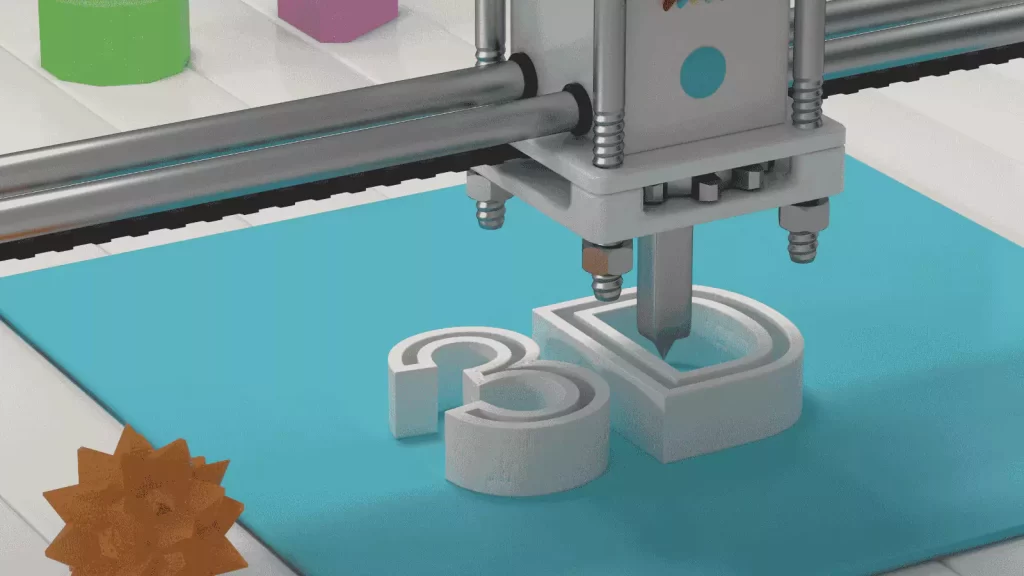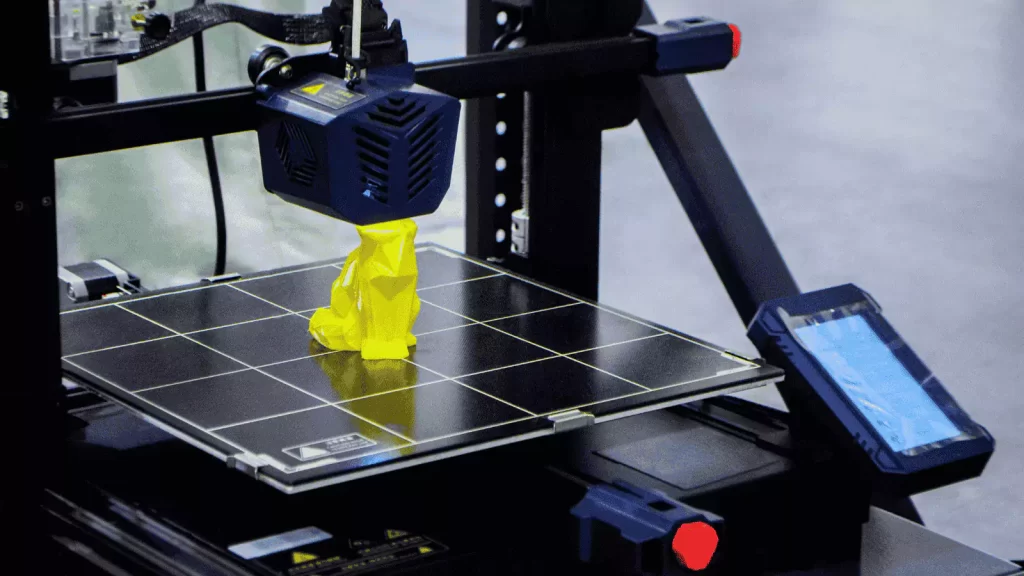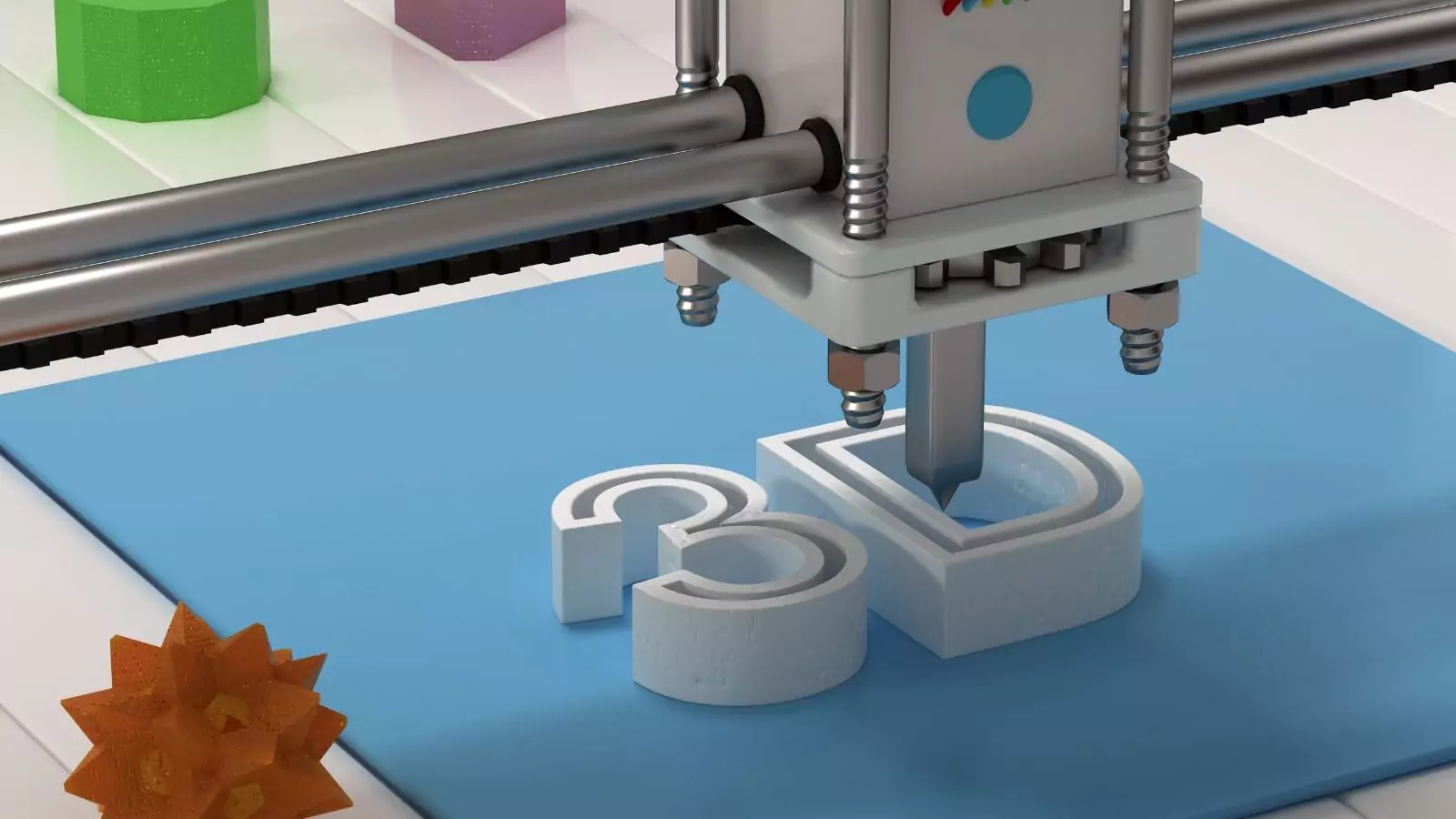Healthcare, manufacturing, and fashion are among the some of the areas that 3D printing has transformed in recent years. Narrative sculptures, dynamic, story-driven artworks that bring storytelling to life in building materials, interactive ways, are one of the unique ways that this cutting-edge technology is being expressed on college campuses. These sculptures serve as resources for creativity, teamwork, and education in addition to improving the campus’ aesthetics.
The Rise of 3D Printing in Creative Spaces

Additive manufacturing, sometimes known as 3D printing, is the process of layering digital designs into three-dimensional objects. From prototyping tools, this technology has developed into a flexible medium for both artistic and practical creations. College campuses, which are frequently centers of innovation, have adopted 3D printing to engage faculty and students in a variety of fields, from fine arts to engineering.
3D printed narrative sculptures are an excellent illustration of the artistic possibilities of this technology. These sculptures stimulate contemplation, tell stories, and encourage interaction; they are more than just static works of art. Through the integration of sophisticated design approaches, 3D printers allow artists to create dynamic shapes with comprehensive details that were previously impossible to achieve through traditional sculpting techniques.
What Are Narrative Sculptures?
A narrative sculpture is a tangible representation of a story, idea, or concept. They bring together narrative and visual arts, often utilizing textures, symbols, and architectural layout to create feelings and deliver important ideas. On campuses, these sculptures can depict historical occurrences, cultural stories, or cutting-edge futuristic dreams.
When 3D printing is used in the creative process, that had never before been degrees of complexity and customisation are possible. To bring abstract concepts to life, educators and students might experiment with shapes, materials, and scales. As a result, viewers are drawn in both intellectually and emotionally by the entire experience.
Why Are Narrative Sculptures Important on Campuses?
1. Fostering Creativity and Innovation
Narrative sculptures serve as a link between creativity and technology. By bringing together storytellers, engineers, and artists, they promote multiple disciplines cooperation. This combination of talents not only improves the quality of sculpture but also encourages participants to come up with creatively.
2. Enhancing Campus Culture
A campus that is covered with narrative sculptures transforms into a living gallery that encourages creativity and critical thinking. These installations can serve as forums for discussion, honour diversity, and represent the institution’s ideals. They provide students the chance to meaningfully interact with their environment.
3. Providing Experiential Learning Opportunities
Making narrative sculptures with 3D printing gives students practical learning opportunities. From ideation to software proficiency and 3D printer operation, students acquire real-world skills that are extremely important in the modern job market. These projects also commonly teach cooperation, teamwork, and project management.
4. Advancing Sustainability
By utilizing recyclable or biodegradable materials, several 3D printing techniques put sustainability first. Campus narrative sculptures can serve as examples of appropriate material usage and draw attention to environmental issues. This is in line with the increased focus on sustainability in campus operations and education.
The Process of Creating 3D-Printed Narrative Sculptures

1. Conceptualization
The first step in making a storytelling sculpture is coming up with an engaging tale or idea. During brainstorming meetings, participants examine themes, messages, and creative objectives in this stage. Ideas are frequently improved via the use of storyboards, drawings, and digital prototypes.
2. Design and Modelling
Following idea finalization, the design process starts. For the creation of intricate 3D models, specialized software is utilized. A few of the things that designers need to think about include material compatibility, size, and structural soundness. For abstract concepts to be turned into workable plans, this stage is essential.
3. Material Selection
Choosing the right material has a big impact on how the sculpture turns out. Metals, composites, polymers, and resins are among the available materials. Innovative materials, such as biodegradable polymers and recycled plastics, have been adopted by several campuses in order to meet sustainability objectives.
4. 3D Printing
The digital model must be converted into physical layers for the printing process to begin. It may take hours or even days to complete this step, depending on how complicated the design is. Sanding, painting, and putting together various parts are examples of post-processing operations that provide the final touches.
5. Installation and Interaction
When the final artwork is placed on campus, it is frequently accompanied by plaques or interactive computer interfaces that tell its story. Because they provide more levels of narrative, interactive components like QR codes or augmented reality features can increase engagement.
The Educational Value of Narrative Sculptures
1. Cross-Disciplinary Learning
Across disciplines, narrative sculpture projects promote cooperation. Engineering students guarantee structural stability, communication majors create appealing narratives, and art students offer their artistic vision. This multidisciplinary approach prepares students for a variety of professional settings by simulating real-world situations.
2. Technological Proficiency
Students that work on these projects become proficient in cutting-edge technology, such as additive manufacturing methods and 3D modelling software. Participants get a competitive edge because these abilities are becoming more and more in demand across sectors.
3. Critical Thinking and Problem-Solving
Critical thinking is necessary at every level of the design and construction of narrative sculptures. Participants must find solutions to difficult problems, such striking a balance between practical limitations and aesthetic objectives. This cultivates adaptation and resilience, two qualities essential for success in the future.
Future Trends in 3D-Printed Narrative Sculptures
The use of 3D printing in narrative sculptures is anticipated to expand in interesting ways as the technology develops further. Trends that are emerging include:
1. Integration of Smart Technology
Sensors, LED lights, or kinetic elements may be included into future sculptures to provide interactive experiences. The stories were made even more engaging by allowing viewers to interact with the sculptures via touch, voice, or smartphones apps.
2. Use of Advanced Materials
The potential for 3D-printed sculptures is growing because to advancements in materials science. More dynamic and sustainable inventions may be made possible by bio-based materials, flexible filaments, and conductive polymers.
3. Personalized Storytelling
It’s possible that individualized stories will be possible as personalization advances. A sculpture may, for instance, modify its narrative in response to feedback or audience preferences, giving each person a different experience.
4. Collaborative Platforms
Collaboration is becoming more widespread because to open-source repositories and cloud-based design tools. In order to provide a variety of viewpoints to the stories, students and instructors from several universities might collaborate to construct narrative sculptures.
Overcoming Challenges
Although 3D-printed narrative sculptures have a lot of promise, there are several drawbacks to take into account:
1. Cost and Accessibility
For certain institutions, the cost of high-quality 3D printers and materials might be a barrier. This issue is being addressed, but, in part, by the expanding number of maker spaces and financing options.
2. Technical Expertise
It takes certain skills to become proficient in 3D modelling and printing. To guarantee good project outputs, sufficient training and resources must be made available.
3. Maintenance and Longevity
Because outdoor sculptures have to face adverse conditions, they need to be made of strong components and covered with protective coatings. For their integrity and effect to be maintained, regular maintenance is essential.
Conclusion
College campuses are being transformed into dynamic environments of creativity, invention, and storytelling with the help of 3D-printed narrative sculptures. Art, technology, and education come together in these installations, which provide teachers and students special chances to express themselves and work together. The potential of storytelling sculptures will only grow with the development of technology, resulting in innovative ways of interacting with concepts and stories.
Campuses may position themselves as leaders in promoting innovation and sustainability by adopting this trend in addition to improving their cultural and educational offerings. 3D-printed narrative sculptures are influencing the direction of artistic expression in higher education, whether it is by igniting discussions, honouring diversity, or demonstrating the strength of multidisciplinary cooperation.
Read Also – Industry Partnerships: Value-Added Programs That Build Real-World Skills
How To Find Law Internships While Studying BA LLB?





